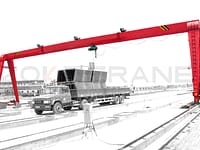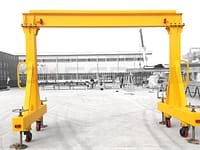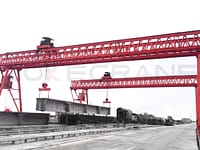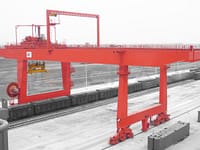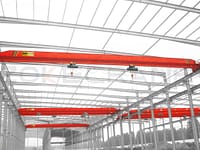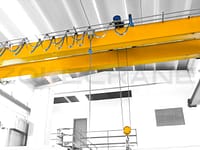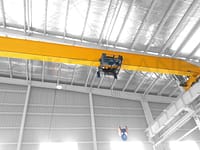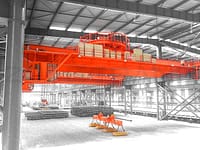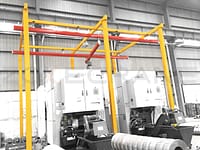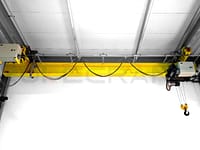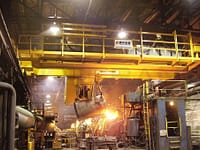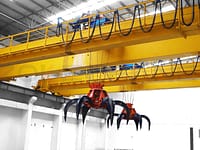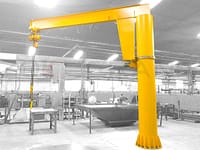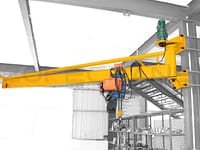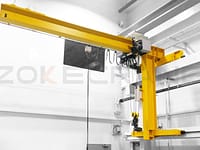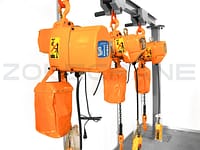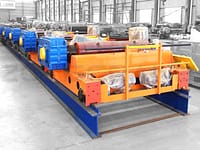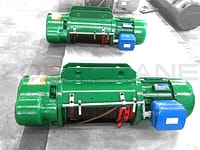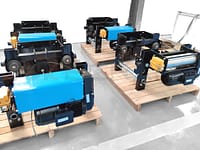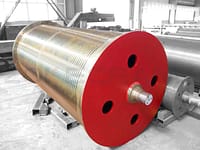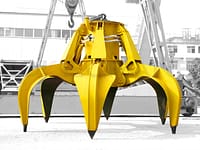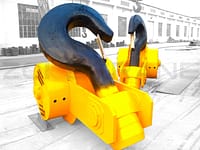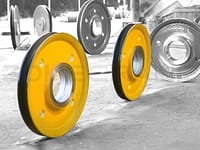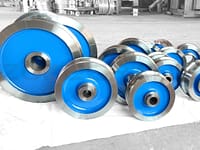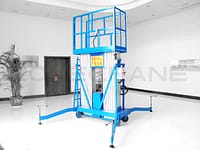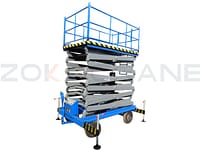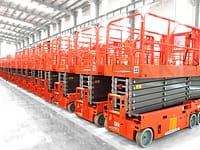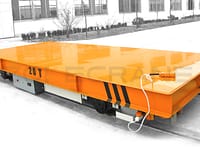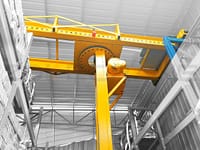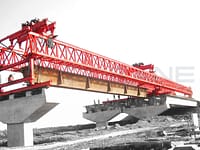
Welding a crane rail requires careful preparation, proper welding techniques, and adherence to safety guidelines. Here is a general step-by-step guide on how to weld a crane rail:
Preparation
- Ensure you have the necessary safety equipment, including welding gloves, helmet, protective clothing, and proper ventilation.
- Clean the rail surface thoroughly to remove any dirt, debris, or rust that could interfere with the welding process. Use a wire brush, grinder, or other suitable tools to clean the rail.
- Inspect the rail for any cracks, damage, or irregularities. If there are any significant issues, they should be addressed and repaired before welding.
Positioning and Alignment
- Position the crane rail accurately, ensuring it is aligned according to the required specifications and layout plans. Use measuring tools such as a level, square, or laser alignment equipment to ensure proper alignment.
- Secure the rail in place using clamps or other appropriate methods to prevent movement during the welding process.
Preheating (if required)
- Depending on the rail material and welding procedure specifications, preheating may be necessary to achieve optimal welding conditions. Consult the welding procedure specifications or the rail manufacturer's recommendations to determine if preheating is required and the appropriate temperature range.
Welding Process
- Select the appropriate welding process based on the rail material and welding requirements. Commonly used welding processes for crane rail welding include manual metal arc welding (MMAW), gas metal arc welding (GMAW), or flux-cored arc welding (FCAW).
- Choose the suitable welding electrode or filler wire compatible with the rail material.
- Apply the welding technique specified in the welding procedure specifications, maintaining a steady and consistent arc length.
- Ensure proper penetration and fusion between the rail sections while maintaining control over the heat input.
- Weld along the entire length of the rail joint, paying attention to the weld bead profile and ensuring proper weld reinforcement.
Post-Welding
- Allow the weld to cool naturally, avoiding rapid cooling methods that could induce stress or cracking.
- Perform visual inspection of the weld to ensure it meets the required quality standards. Look for defects such as porosity, cracks, or insufficient fusion.
- If necessary, perform non-destructive testing (e.g., ultrasonic testing or magnetic particle inspection) to verify the integrity of the weld and detect any hidden defects.
- Conduct any required post-weld treatments or repairs according to the specifications and industry guidelines.
It's important to note that the specific welding procedures and techniques may vary based on factors such as the rail material, welding process, and local regulations. Always consult the welding procedure specifications provided by the rail manufacturer or a qualified welding engineer to ensure compliance with the required standards and guidelines. Additionally, it is crucial to have proper training and experience in welding techniques before attempting to weld crane rails.
